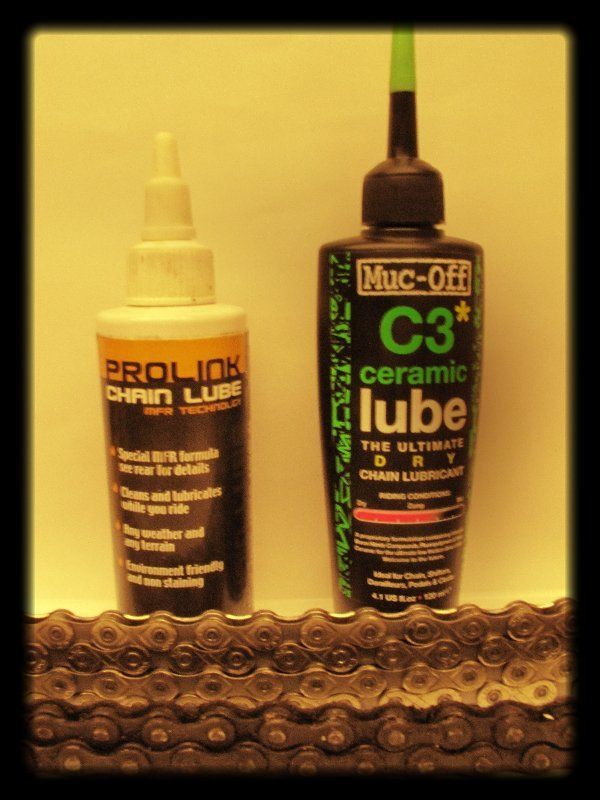Road to IHIF 2016

It was early March 2016, in torrential rain 11 hardy souls cycled away from the Anne Franke House in Amsterdam bound for Berlin and the IHIF conference. En route raising money for the Anne Franke UK Trust and Future Talent UK. The streets of Amsterdam proved a stern test to those not used to the hustle and bustle of that city’s streets, once in the countryside and on to the excellent cycle network the real riding could begin. Ahead stretched over 500km and the best and worst of Northern European weather. Overnight stops in Bielefeld, Helmstedt, Genthin and Berlin helped to refresh and rest weary riders who’d been chaperoned, guided, fed and massaged by the four man team of Bob, Jim, Ed and Paul of Elswood Cycleworks. With Bob and Jim making sure that any last minute routes changes forced by closed roads or wrong turns didn’t become a disaster whilst keeping all 11 bikes in full working order and Paul and Ed providing hot coffee, soup and a varied diet every day whilst Paul second job as the team sports massage therapist kept the aches and pains at bay with pre and post ride stretching workshops and massage sessions in the hotel of an evening. With the cross into the old East Germany being very obvious we passed the halfway point and started to look forwards to the finish beneath the Brandeburg Tor. With a last few green kms through the Grunewald gave way to the four lane arrow straight highway across the Victory Monument roundabout through the Tiergarten and on to the Brandenburg Gate. 11 weary but elated riders we’re welcomed in by 4 weary but elated crew. 15 of us had set out, 15 of us had made the journey that none of us will ever forget, creating bonds and building bridges forged in the communal adversity of a long journey by bicycle. In 2017 we’ll do it all again…

The humble bicycle chain, most bikes wouldn’t get very far without one, it leads a most stressful life, bearing the brunt of huge amounts of force and very rarely complains. But therein lies a problem, chains can merrily go on doing their job long after the point at which it would have been prudent (and more cost effective) to have replaced it.
I am often asked two questions with regards to this most hard-working of bike components, Firstly, how do I know when it is time to replace my chain? Secondly, how can I look after my chain better?
The answer to the first question is a most simple one indeed, while it is possible to check for a worn chain by measuring with a ruler or by pulling the chain away from the chain rings, for the small investment of a little over a fiver you can purchase a chain wear gauge which will allow you to check just how worn your chain is, quickly and without getting oil all over yourself. If you replace your chain shortly after it reaches the 0.75% wear indicator you can save yourself the added cost of having to replace your cassette/free-wheel and chain rings.
When it comes to looking after your chain, it helps to know what stresses are contributing to wearing the poor blighter down. The chain is made up of plates, joining pins and rollers, the outer plates are joined to the inner plates by the joining pins around which sit the rollers Most of the wear occurs between the pins and the rollers, where they interface with the teeth of the chain-rings and cassette, the combination of the huge amount of force applied to the rollers and the inevitable ingress of grit and dirt gradually wears away the pin and the inside of the roller. So it is these rollers and pins that we are aiming to keep in as clean and lubricated a condition as is possible.
Regularity is key for keeping the chain clean and happy, in the depths of winter you should be wiping down and re-lubing your chain every couple of rides at least, I find it helps to take a leaf out of Douglas Adams' book and always know where your towel is.... The Terry cloth has the fantastic effect of getting in between the plates and dragging out all of that unpleasantness picked up from the road. Once you have given the chain a good wipe over just slap on some oil and leave it right?
Afraid not, one of the most common causes I see of prematurely worn chains is where an inappropriate lubricant has been over applied, the resulting sticky mess makes a very effective grinding paste but is practically useless as a lubricant. Make sure you use a good quality chain lube, by far the best I have used is 'Muc Off's Dry ceramic lube for the wetter months (don't be fooled by it being a 'dry' lube, unless you are riding in a swamp this stuff works a treat!) and Progold's Prolink for when the weather is a little drier. Applying the lube is a matter of aim, ideally making sure you only apply it to the bushings rather than the whole chain, then give it a minute and a couple of back-pedal revolutions to soak in and finally give it another wipeover with your towel to remove as much excess lube as possible and voilà, one happy chain!
